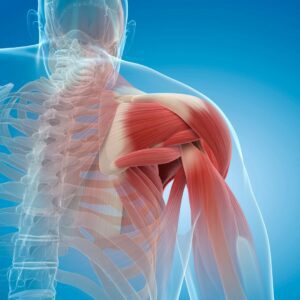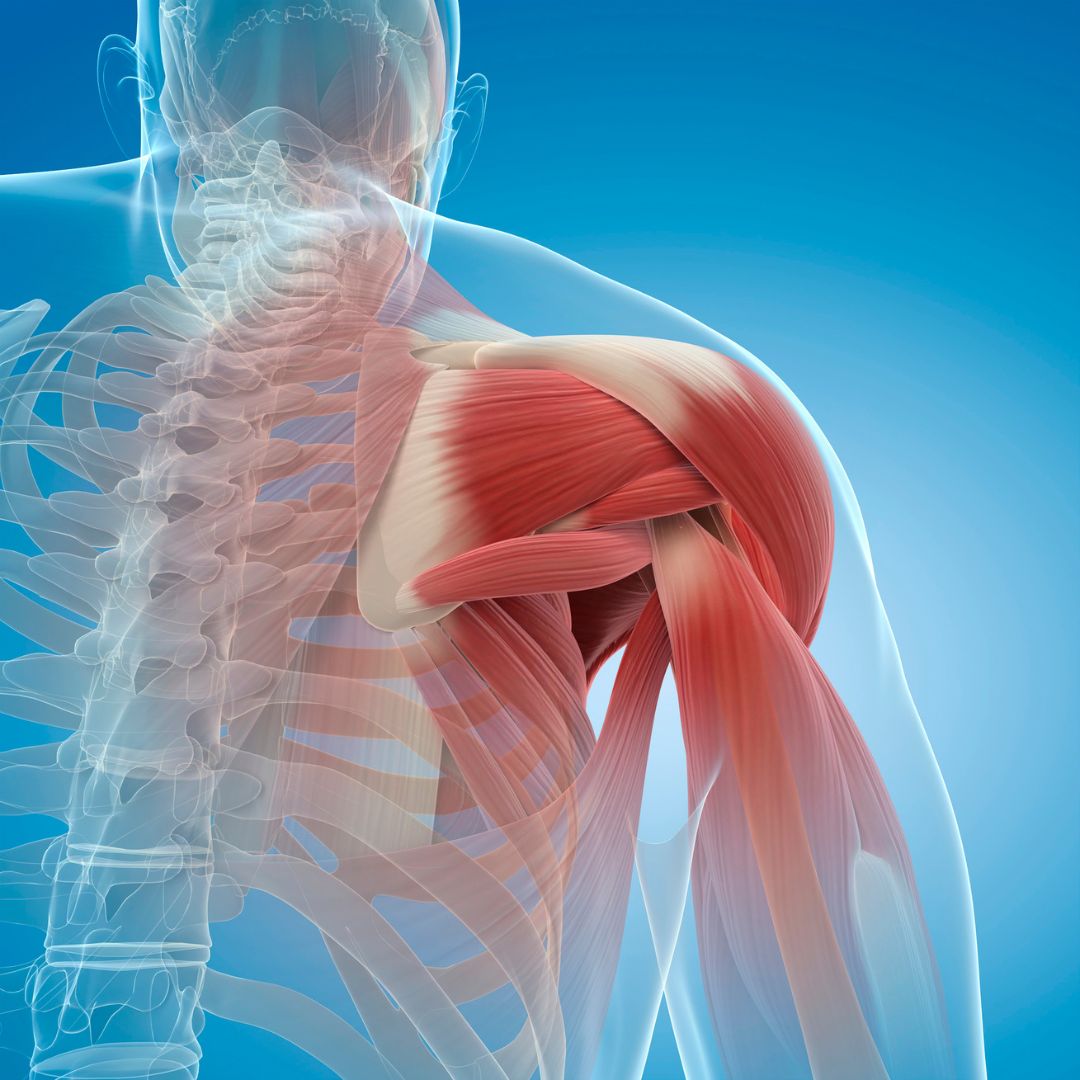How Can You Tell If Your Shoulder Pain is Serious?
A shoulder quiz to get started:
Shoulder pain can be caused from a falling, lifting heavy objects, reaching awkwardly in tight spaces, or prolonged repetitive movements common in certain occupations and sports. Sometimes shoulder pain begins suddenly without a clear cause. Injuries can range from mild discomfort resolving in a few days to severe pain lasting over a week. The pain usually worsens with movement, but it may not hurt when resting.
Unlike joints in the legs, the shoulder joints prioritize movement over stability. Therefore, their functionality heavily relies on muscles, particularly the four rotator cuff muscles situated around the shoulder blade:

- the Supraspinatus muscle on the back
- the Infraspinatus muscles on the back
- the Subscapularis muscle under the shoulder blade
- the Teres Minor muscle on the outer side
While these muscles primarily facilitate rotation, they also play a crucial role in stabilizing the arm bone (humerus) during reaching, lifting, pushing, or pulling actions. This stabilization prevents the bone from impacting the bony structure of the shoulder blade or compressing surrounding soft tissues and muscles. If there’s any restriction in shoulder motion or function, even without significant pain, it’s a good idea to have the shoulder evaluated promptly to prevent any stiffness in the shoulder joint.
What treatment options are available for shoulder issues?
Typically, doctors will consider four approaches to shoulder pain:
- NSAIDs (non-steroidal anti-inflammatory drugs)
- Cortisone injections
- Physical Therapy
- Surgery, as a last resort.
The first three methods are part of conservative management. Often, a combination of NSAIDs and physical therapy is initially prescribed to manage pain and regain shoulder mobility. Medications can range from over-the-counter anti-inflammatories to stronger prescriptions, sometimes including muscle relaxants to alleviate tightness and stiffness.
Physical therapy aims to address symptoms such as pain, stiffness, tightness, and tingling, helping restore full or functional shoulder motion. If pain persists despite these efforts, a cortisone injection may be recommended to facilitate physical therapy with reduced discomfort. When conservative treatments prove insufficient and pain and functional limitations persist, surgery becomes a consideration discussed with your doctor.
If you think Physical Therapy can help with your shoulder pain, contact one of our Physical Therapy clinics in Arizona today to schedule your free consultation!
Reference:
https://creakyjoints.org/living-with-arthritis/cleaning-with-arthritis-tips/







